|
Vertex-Centered
Approximation

Vertex-Centered Approximation involves the determination of light ranges for each local reference frame as correlated
for the multitude of vertex coordinates within the image being rendered.
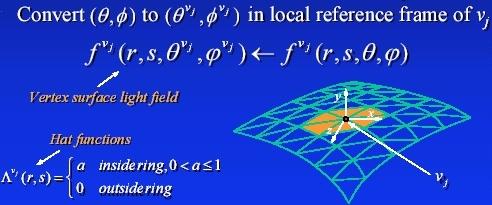
Both the vertex bounded and unbounded lighted regions can now be determined in a process similar to the earlier
described triangle-centered approximation, though the data must be partitioned across multiple view planes according
to vertex ranges.
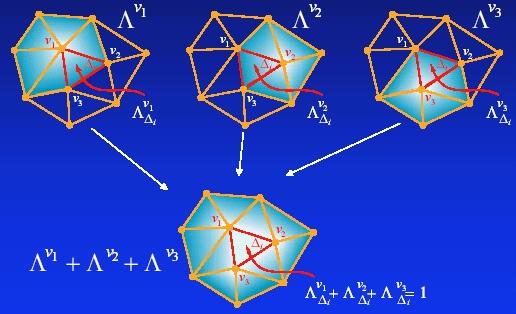
"Hat" functions are used to build the partitioned view plane surface ranges for light map area.

Each light field is now decomposed and truncated to obtain the optimal root mean approximation.
Vertex-Centered Light Field Mapping
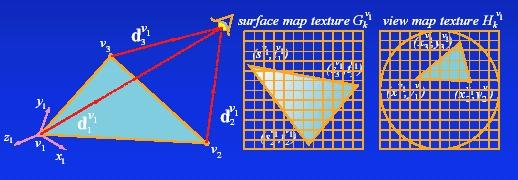
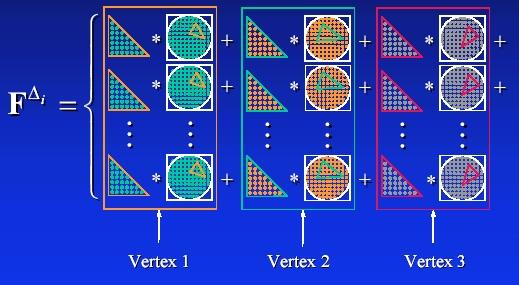
Vertex-centered rendering utilizes a dynamic process which blends the view
map into the surface map, thus creating to non-static variable ranges for maximum visibility from multiple light
sources and image points. The process is at minimum three time more computationally intensive, but the difference
in pixel position, luminance, color, precision, and accuracy often outweighs the performance disadvantages when
maximum image quality is required.
Analysis of Vertex-Centered Approximation
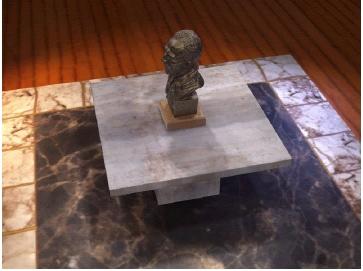
Vertex-Centered Approximation produces more visually accurate renderings as compared triangle-center operations.
The multi-pass vertex process virtually eliminates edge layer discontinuities by processing each independent light
field vertex range instead of a larger triangular light field area. The negative trade-offs includes more
rendering passes per frame, plus the need for additional memory for the manipulation and storage of vertex-based
mathematical results during rendering,
|

